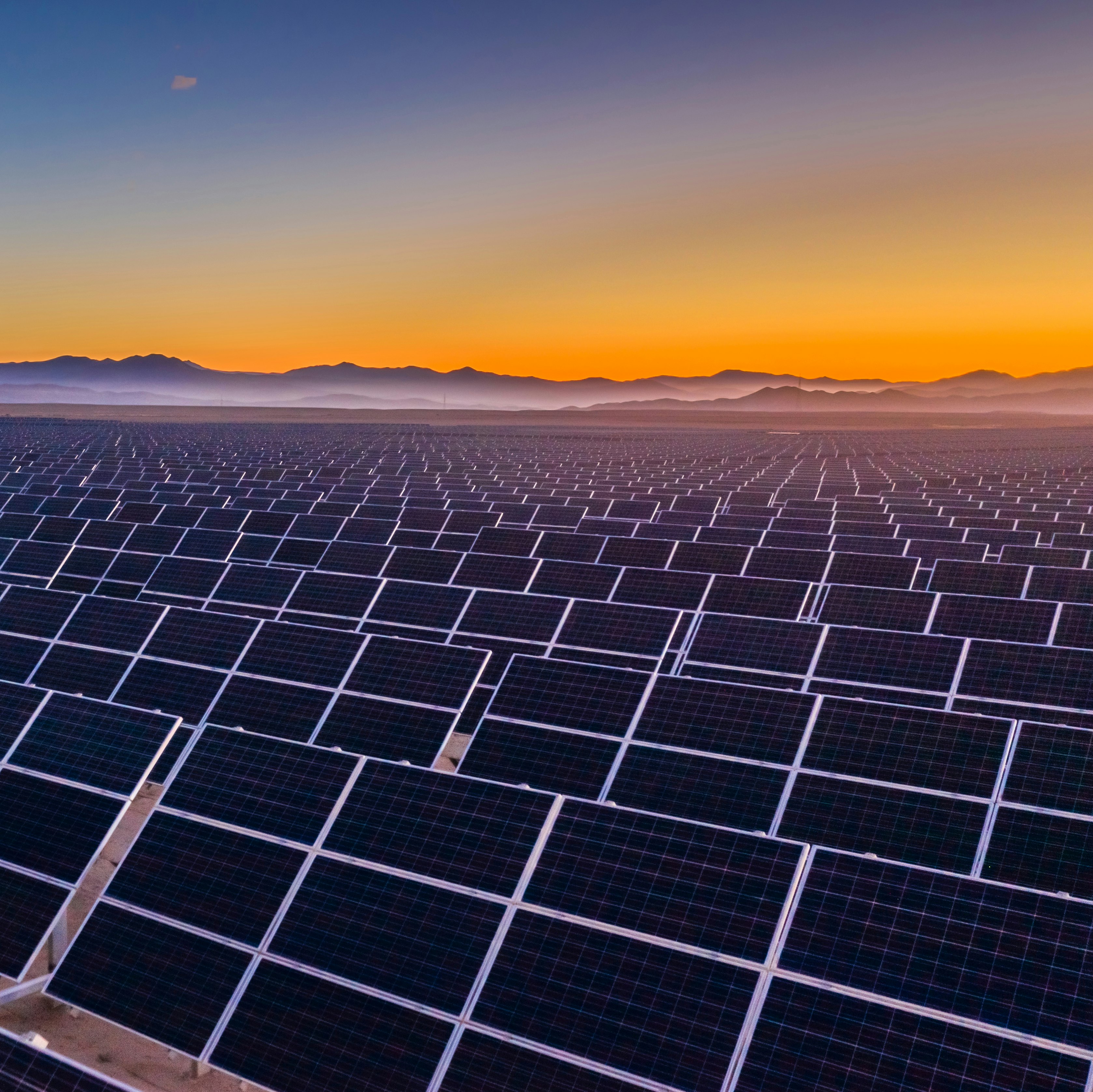
These challenges fall into four main categories. First are policy uncertainties and delayed policy responses to the new macroeconomic environment, encompassing inflexible auction design. During the energy crisis, governments intervened in energy markets to protect consumers from high prices. While these interventions were justified, they also created uncertainty for investors over the future investment environment in the electricity sector. The macroeconomic changes also drove up costs and contract prices for wind and solar PV projects, and a lack of reference price adjustments and contract price indexation methodologies reduced the bankability of projects, mostly in advanced economies.
Meanwhile, emerging economies have been slow to develop strong renewable energy targets and clear incentive schemes. While renewable energy projects (especially solar PV and wind) are already more affordable than fossil fuel-based alternatives, slower-than-expected demand growth has resulted in overcapacity of young coal and gas fleets in many emerging economies, creating little need for additional capacity.
The second problem is insufficient investment in grid infrastructure, which has been preventing faster expansion. Today, more than 3 000 GW of renewable generation capacity are in grid queues, and half of these projects are in advanced stages of development.1 This challenge holds true for both advanced economies and emerging and developing countries. Development lead times for grid infrastructure improvements are significantly longer than for wind and solar PV projects.
The third challenge involves permitting. The amount of time required to obtain permits can range from one to five years for ground-mounted solar PV projects, two to nine years for onshore wind, and nine years on average for offshore wind projects. Delays resulting from complex and lengthy authorisation procedures are slowing project pipeline growth, limiting participation in renewable energy auctions, raising project risks and costs, and ultimately weakening project economics.
The fourth obstacle is insufficient financing in developing countries. Mitigating risks in high-risk countries through concessional financing continues to be challenging because of ongoing policy uncertainties and implementation challenges, for instance in Kenya, South Africa, and Nigeria. In many developing countries, government-owned utilities are under financial stress and the weighted average cost of capital (WACC) can be two to three times higher than in mature renewable energy markets, reducing project bankability. Every percentage point decline in the WACC reduces wind and solar PV generation costs by at least 8%.



Join The Discussion